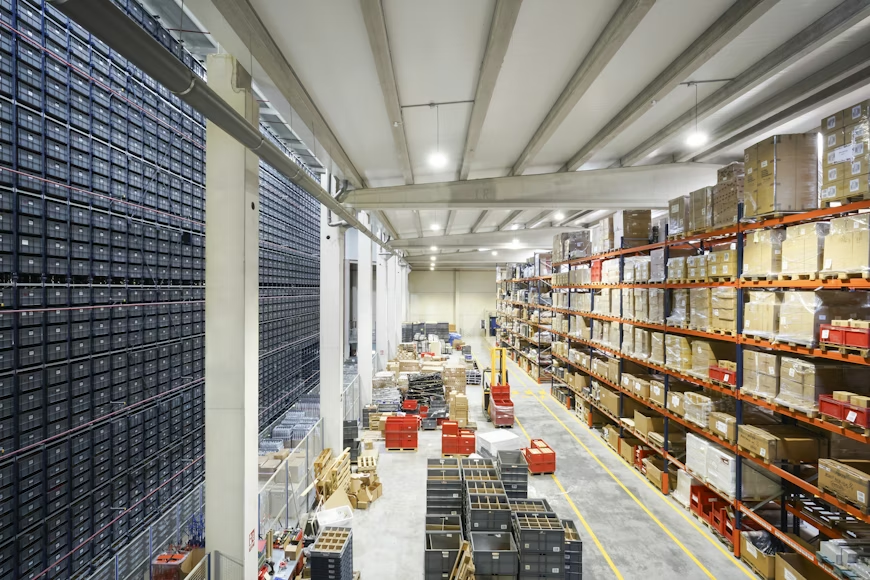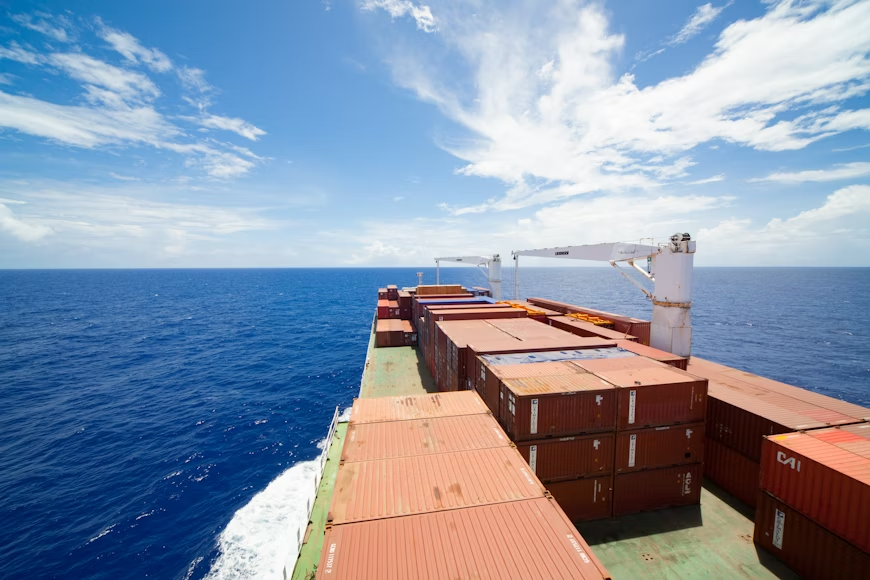Sole-source suppliers, who are often a significant risk factor in supply chains, can be managed through a strategic approach comprising five key steps:
Monitor Business Conditions: Supply chain disruptions, such as those caused by the pandemic, highlight the need for reassessing sole-source supply risks. For example, relying on a sole-source supplier whose goods are delayed at a congested port can severely impact production. It’s essential to proactively address these risks.
Identify Sole-Source Suppliers: Develop a comprehensive database of sole-source suppliers within your company and in the supply chains of critical-path suppliers. Differentiate between true sole-source suppliers and those who have simply become default single-source options. This also involves assessing sub-tier suppliers to uncover hidden risks.
Assess Risks: Use a traffic light system (green, yellow, red) to categorize the risk level of each sole-source supplier. Green indicates low risk, yellow signifies potential issues, and red denotes high-level, immediate risks. This step should involve cross-functional teams from engineering, finance, planning, and operations to understand the full impact of sole-source dependencies.
Implement a ‘No Sole Source’ Policy: While some sole-source relationships are unavoidable due to unique products or shrinking markets, strive to design products that don’t rely on sole-source components. This policy should require higher-level managerial approval for incorporating sole-source suppliers in product designs, acknowledging the associated risks.
Invest in Alternate Sourcing: When performance issues arise with a sole-source supplier, or if the costs associated with this dependency become too high, consider investing in alternative sourcing strategies. This might involve finding additional suppliers or redesigning products to eliminate the need for sole-source components. The goal is to reduce risk by diversifying the supplier base.
Managing sole-source suppliers effectively requires vigilance, proactive risk assessment, and a willingness to invest in alternatives to ensure supply chain resilience.
Stay current with supply chain report news at The Supply Chain Report. For international trade tools, see ADAMftd.com.
#SupplyChainRiskManagement #SoleSourceSuppliers #SupplyChainResilience #SupplierRiskAssessment #BusinessContinuity #AlternateSourcing #RiskMitigationStrategies #SupplyChainStrategy #VendorDiversification #SupplyChainManagement #RiskAssessmentTools #LogisticsManagement #SourcingAlternatives #SupplyChainOptimization #ProactiveRiskManagement #SupplyChainBestPractices

















